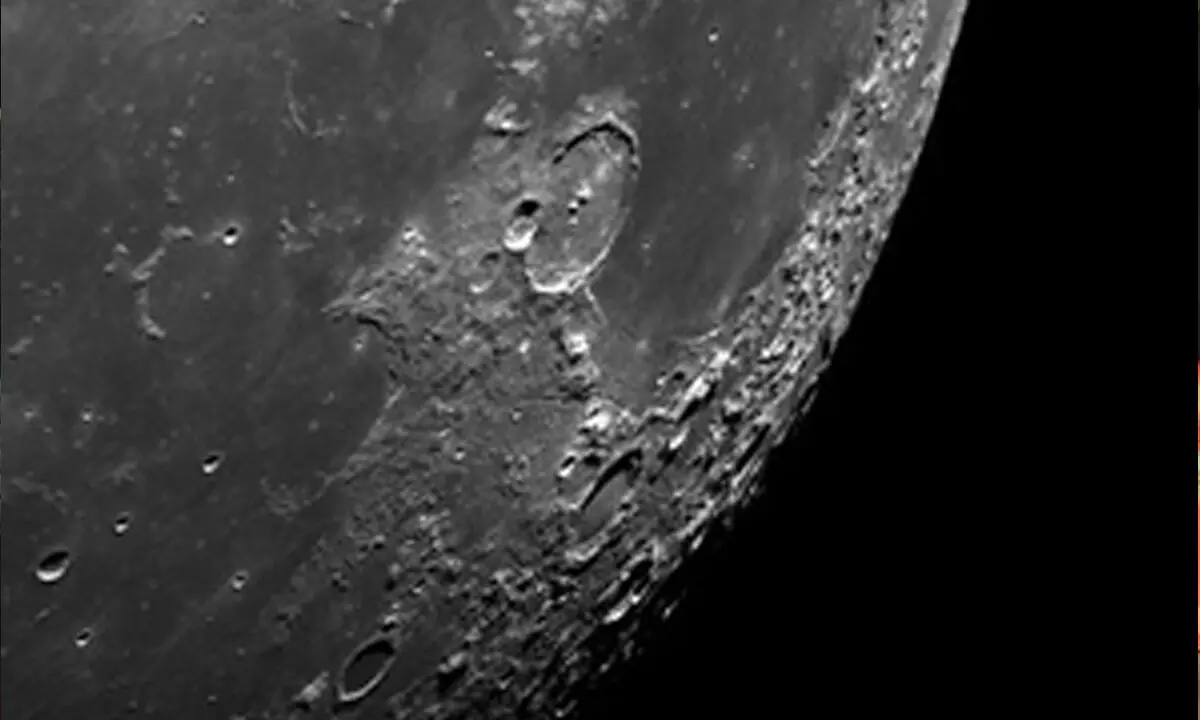Why space agencies from 3 countries have launched 6 moon missions
Share :

It was in December 1972, that man last stepped on the Moon. Now more than 50 years later space agencies across the globe, including India, have renewed their interest to return to the lunar surface.
New Delhi: It was in December 1972, that man last stepped on the Moon. Now more than 50 years later space agencies across the globe, including India, have renewed their interest to return to the lunar surface.
Water, and increased availability of elements such as oxygen, iron, silicon, hydrogen and titanium have been the major attractions for the race to return to the Moon. Also, it can provide a gateway to other interplanetary missions.
Scientists believe that a lunar outpost may serve as a backup for civilisation in case of a global catastrophe, like an asteroid impact or a pandemic.
The latest in the race has been Japan’s Smart Lander for Investigating Moon (SLIM), also known as "Moon Sniper" in Japanese. With the “precision landing”, Japan on January 20 became the fifth country to successfully land on the Moon, after Russia, US, China and India.
However, the lander appears to be lying upside-down, and it cannot generate power, said mission officials at the Japan Aerospace Exploration Agency (JAXA), who hope the probe will be able to recharge when the moon enters its daytime in the coming days.
A US-based probe Peregrine lunar l, which lifted off on January 8 suffered an "anomaly”, and stands no chance to make a soft landing on the Moon.
Mission officials at the Pittsburgh-based Astrobotic Technology found a critical loss of propellant due to “the failure within the propulsion system”. This forced the officials to reroute the NASA-backed lander for Earth, where it found assured destruction as it burned up during re-entry.
Another Houston-based Intuitive Machines also aims to launch a lander to the Moon in mid-February on SpaceX’s Falcon 9 rocket this year.
Currently about six space missions from three countries -- India (1), US (4), South Korea (1) are revolving in the Moon’s orbit.
Last year India’s Chandrayaan-3 made history with a successful landing on the coveted South Pole of the lunar surface. Previously spacecrafts have landed successfully only on the Moon closer to the equator. Days before Chandrayaan-3 landing, Russia’s Luna-25 lander crashed while approaching the moon.
It is majorly due to the tricky landing owing to the uneven terrain and because there is no sunlight. The South pole is also not visible from the Earth, and so it is also difficult to establish communication with the spacecraft there.
"South side of the Moon is of special interest to scientists because of the occurrence of water ice in permanently shown areas around it. Extreme contrasting conditions make it a challenging location for Earthlings to land, live, work, but the unique characteristics hold promise for unprecedented deep space scientific discoveries that could help us learn about outplacement in the universe and venture farther into the solar system," Dr Reetanjali Moharana, Associate Professor, Department of Physics, IIT Jodhpur, told IANS.
“Number one reason to go to the Moon as it will help us to go to other planets. Number two is the abundance of some rare metals like helium and lithium on the Moon which has caught the interest of worldwide scientists. And as resources around the globe are dwindling, this may be a way for strengthening ourselves for humanity tomorrow,” added Dr Subba Rao Pavuluri, Founder and CMD of Ananth Technologies (ATL) India.
The firm, which has been a long standing partner of ISRO in launch vehicles and satellites, has contributed to the launch vehicle (LVM3) for Chandrayaan-3.
A host of missions from various countries have been planned to the Moon, while NASA with its Artemis III aims to land the first woman and the first person of colour on the Moon, paving the way for a long-term, sustainable presence and serving as a gateway for future astronaut missions to Mars.
Countries like Israel, China and Russia are also soon likely to launch orbital and lander missions to the Moon.



















